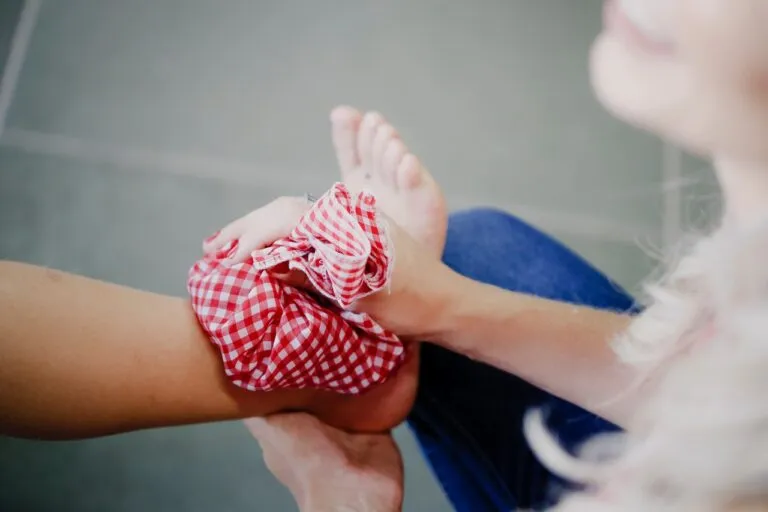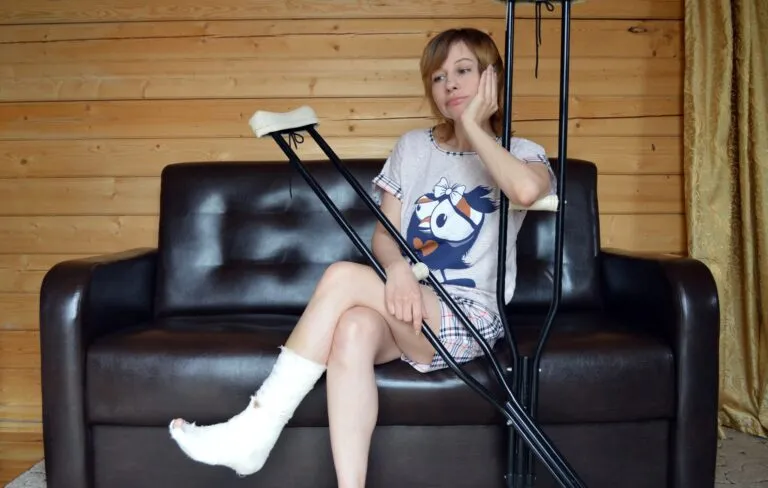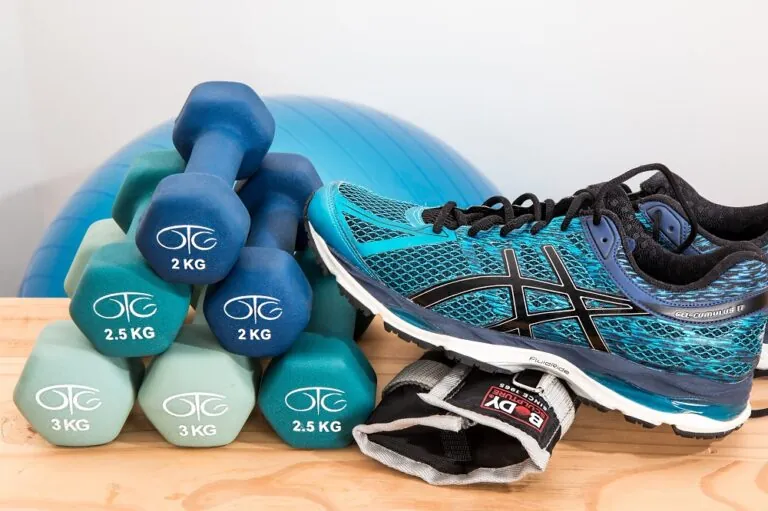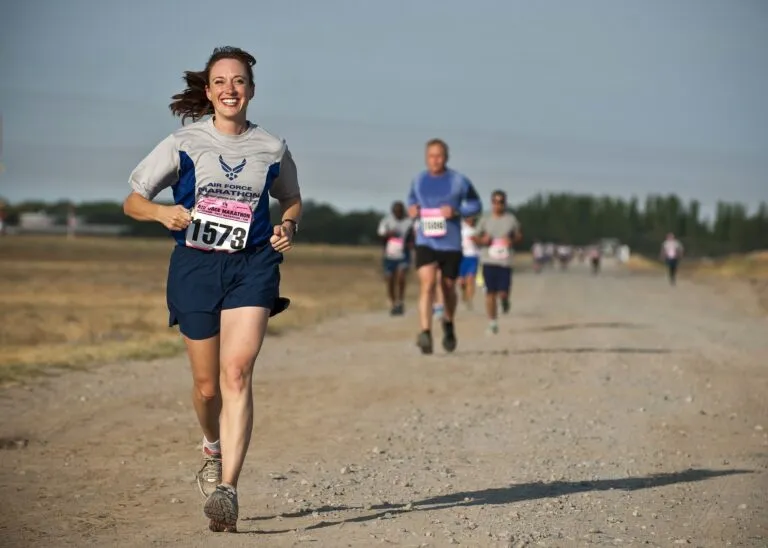Muscle cross education: How to workout when injured
In his latest Bow Valley Crag & Canyon article, Banff Sport Medicine Physician, Dr. Andy Reed, discusses what “muscle cross education” means and how it can help when injured.
If you find yourself with an arm or leg in a cast due to surgery, fracture or soft tissue injury, then often it feels like there is not a lot you can do to maintain strength or muscle mass in that injured part, and all too often injured individuals give up; they stop working out, accepting that the broken bone or torn tendon just needs time to heal.

Whilst this is true to some extent – after all we cannot speed up biology, and there is an inherent timeline for damaged tissues to repair themselves – there is actually a lot that you can do to help maintain some strength in that immobilized shoulder, elbow or leg.
Research even shows that there are interventions on the good side that can help to delay or minimize muscle atrophy in the injured limb, and of course the more muscle mass and strength you can maintain, the easier it will be to regain full function once you’re out of that cast, or off those crutches.
What is muscle cross education?
Recently I found myself in an aircast boot and on crutches for an achilles tear, and as someone who doesn’t like to sit still for too long, I found myself predictably scouring the interwebs for single leg workouts that could help me maintain some strength, muscle mass and also sanity, whilst my achilles went about healing itself.
— Read more about Dr. Reed’s injury and what not to do! —
The phenomenon whereby exercising the opposite, uninjured limb helps to maintain strength and muscle mass on the injured side is known as muscle cross education.
Studies have shown that within days of immobilizing an injured limb, strength diminishes. As much as 60 per cent of your muscle strength is lost in an injured arm when it is immobilized in a sling for five to six weeks!
We often observe loss of muscle tone and quadricep bulk in injured knees in clinic, and this starts within days.
— Read more about quad wasting after ACL injury —
This rapid loss of strength and muscle bulk is almost certainly a neurological phenomenon, whereby signals from our brain and spinal cord to individual muscle fibres around the injury site are inhibited rapidly, probably in some sort of attempt to protect the limb from further injury. It’s ultimately a big problem though as that weakened limb is at much higher risk of subsequent injury, even after full tissue healing has occurred.
In order to regain full function and to reduce the risk of re-injury, regaining as much strength and muscle mass around the injury site is crucial during the rehabilitation process, so if we can minimize it in the first place, we are going to have a much smoother and shorter recovery.
The good news is that there are numerous studies showing that muscle cross education is a real phenomenon.
Exercising the uninjured side will help to improve strength and maintain some muscle mass on the damaged side.

It really is an amazing phenomenon! Studies vary in the magnitude of this effect, and it seems that there are differences between the upper and lower limbs, but it is not insignificant. One study, looking at biceps strength, showed that training one arm, whilst immobilizing the other arm, over a period of several weeks, led to an almost 8 per cent improvement in strength on the immobilized side. Other studies have reported strength gains of up to 29 per cent! This is around half the magnitude of effect on the trained side!
How to take advantage of muscle cross education

Studies have shown that it is difficult to build new muscle mass via this cross education effect, but it is certainly possible to slow or halt the loss of muscle. It would therefore seem crucial to begin some strength training on the good side as soon as possible after an injury, given that these negative effects have a very rapid onset.
It’s tough in an article such as this to give specific exercises. Every situation is different, and of course, you should always take the advice of your treating physician or physiotherapist, but I’ll give a quick flavour here of what I have been doing.
I’ve been doing some lower limb strength training 3 times per week. I am typically doing three sets of six to eight exercises, working in the eight to 10 rep range, exercising both the upper and lower body. My favourites: side lying hip abduction (both sides), single leg split squats, single leg box squats, single leg hip thrusters and glute bridges, and eccentric heel drops on the uninjured side. I’m also continuing to do some bench pressing and core strengthening exercises (planks, side planks, ab roll outs). I’m also consuming collagen, whey protein and creatine daily.
— Read more about Dr. Reed’s recovery process —
Expert Contributor

Dr. Andy Reed, Banff Sport Medicine Physician and ultramarathon running M.D.!







